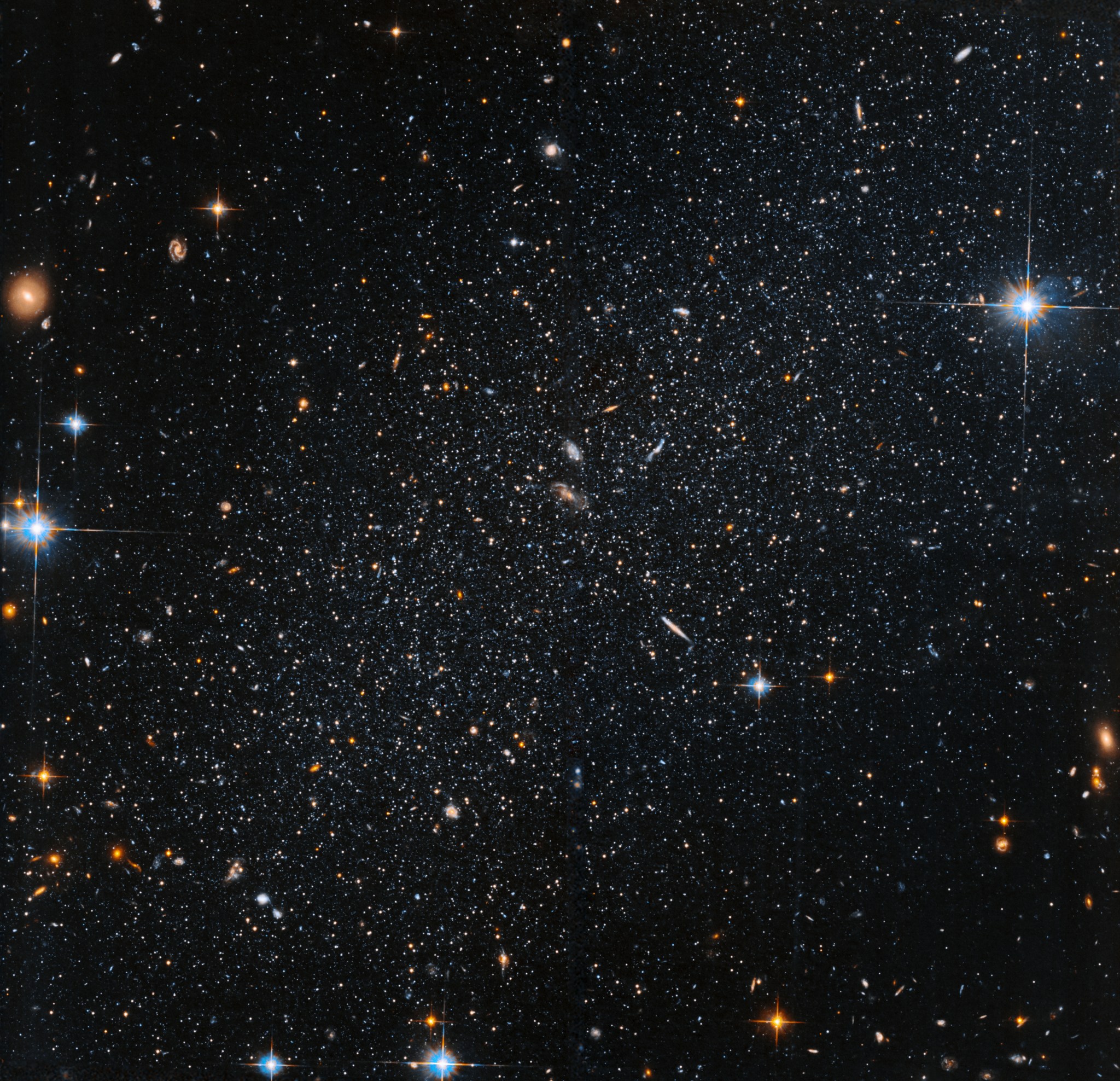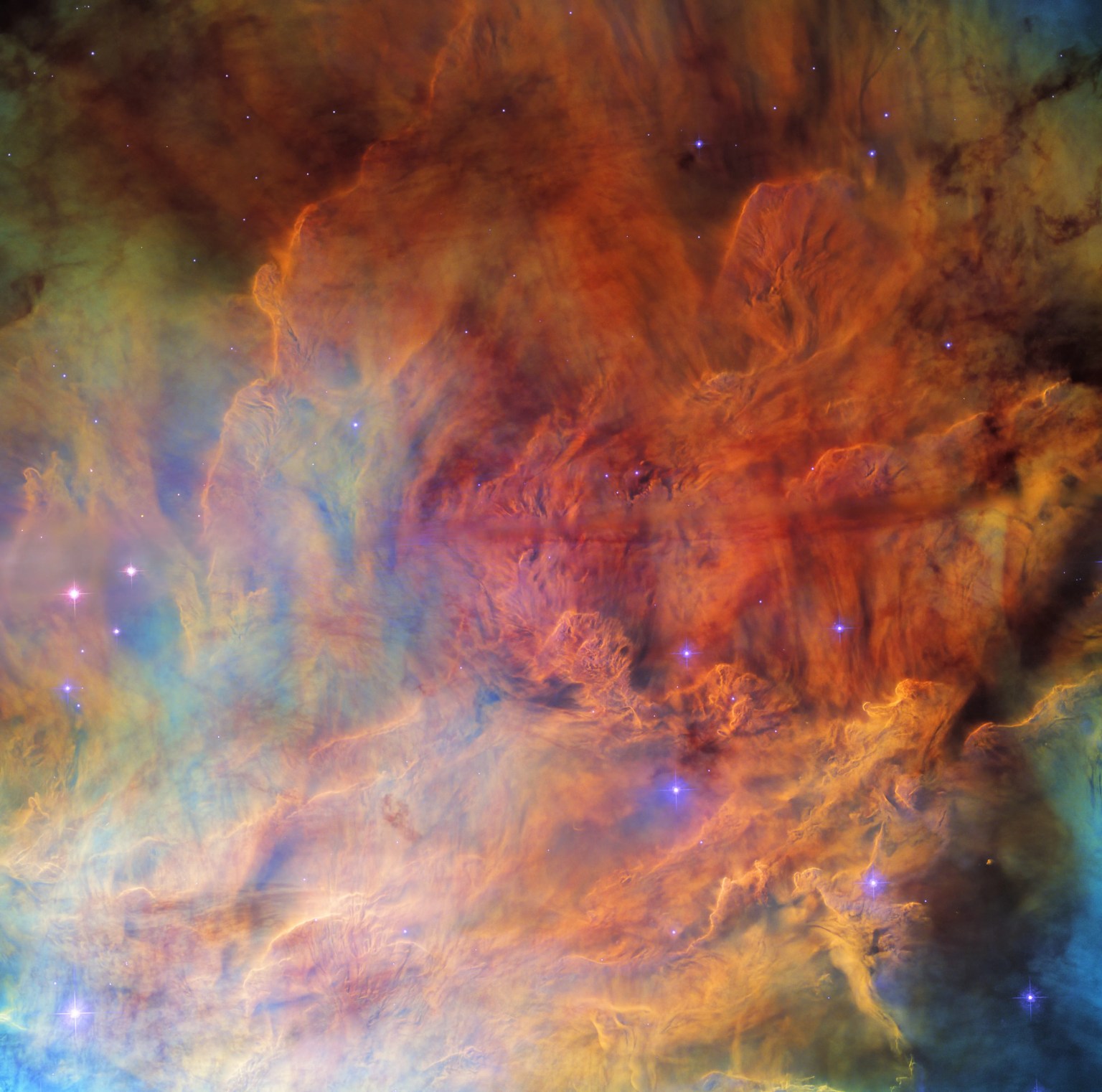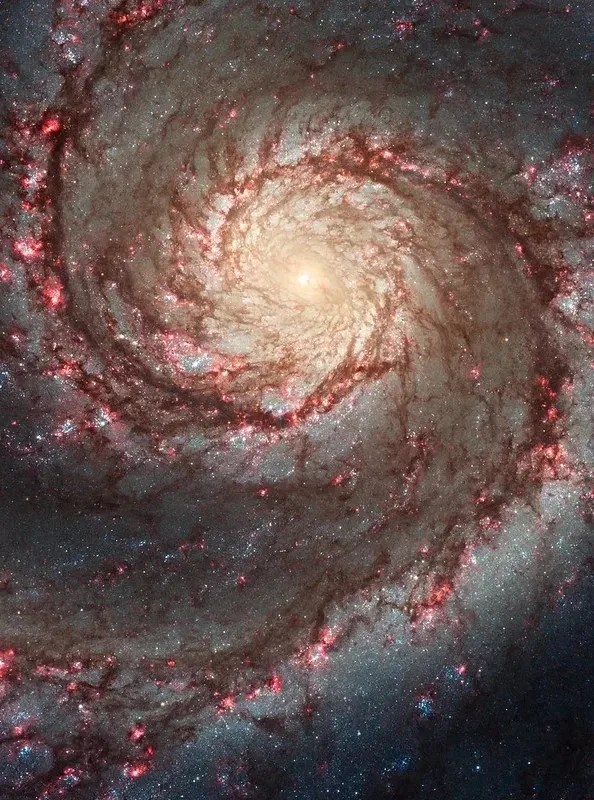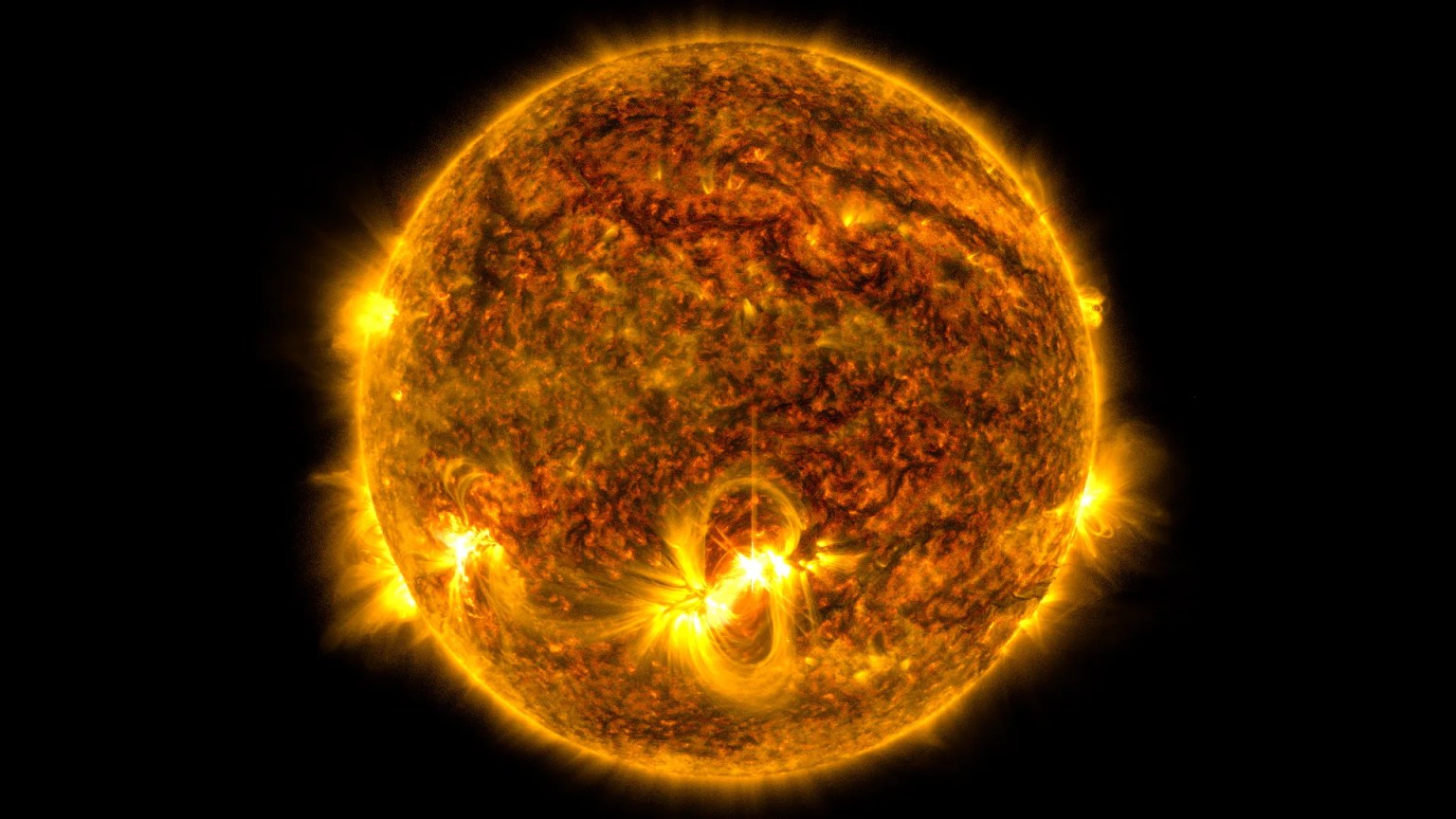
2 min read
Hubble Observes An Oddly Organized Satellite
Andromeda III is one of at least 13 dwarf satellite galaxies in orbit around the Andromeda galaxy, or Messier 31, the Milky Way’s closest grand spiral galactic neighbor. Andromeda III is a faint, spheroidal collection of old, reddish stars that appears devoid of new star formation and younger stars. In fact, Andromeda III seems to be only about 3 billion years younger than the majority of globular clusters ― dense knots of stars thought to have been mostly born at the same time, which contain some of the oldest stars known in the universe.
Astronomers suspect that dwarf spheroidal galaxies may be leftovers of the kind of cosmic objects that were shredded and melded by gravitational interactions to build the halos of large galaxies. Curiously, studies have found that several of the Andromeda Galaxy’s dwarf galaxies, including Andromeda III, orbit in a flat plane around the galaxy, like the planets in our solar system orbit around the Sun. The alignment is puzzling because models of galaxy formation don’t show dwarf galaxies falling into such orderly formations, but rather moving around the galaxy randomly in all directions. As they slowly lose energy, the dwarf galaxies merge into the larger galaxy.
The odd alignment could be because many of Andromeda’s dwarf galaxies fell into orbit around it as a single group, or because the dwarf galaxies are scraps left over from the merger of two larger galaxies. Either of these theories, which are being researched via NASA’s James Webb Space Telescope, would complicate theories of galaxy formation but also help guide and refine future models.
NASA’s Hubble Space Telescope took this image of Andromeda III as part of an investigation into the star formation and chemical enrichment histories of a sample of M31 dwarf spheroidal galaxies that compared their first episodes of star formation to those of Milky Way satellite galaxies.
Explore More
Media Contact:
Claire Andreoli
NASA’s Goddard Space Flight Center, Greenbelt, MD
[email protected]













